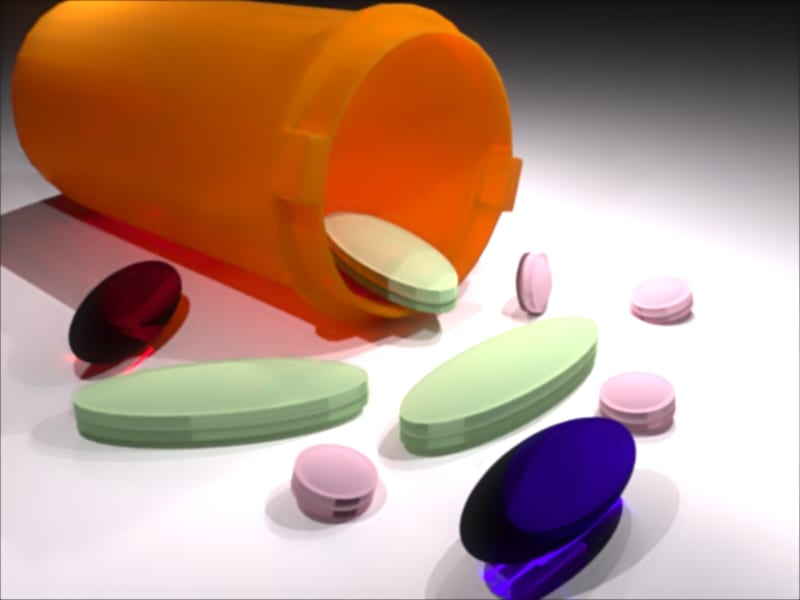When your patient is taking an antipsychotic medication (by guest blogger Nicole Muscari)
Here are some things to consider when caring for a patient taking antipsychotic medications.
Quick Facts about Antipsychotic Drugs:
- Have been around for over 60 years
- Are used to treat acute psychosis seen in mental illness such as schizophrenia
- These medications help block chemicals in the brain (dopamine that cause symptoms of psychosis such as hallucinations – see or hear things that are not real) or delusions (believes something to be real or true but it is in fact false)
- Some people with some mental illnesses like schizophrenia and bipolar mood disorder often have these symptoms
- Two types of antipsychotics: First Generation (typical) and Second Generation (atypical)
- Choosing the right medication includes careful consideration of the drug side effects versus the patient’s individual needs, for example:
- Chlorpromazine may be used for its sedative effect in patients with psychosis and insomnia
- Haloperidol is associated with a lower risk of metabolic syndrome and may be used for patients with diabetes or obesity
|
Also known as: Neuroleptic, Conventional
|
Categorized: 5HT2A/D2 Antagonists
|
| Typical antipsychotics have a much higher incidence of Extrapyramidal Side Effects (EPS) such as: | Atypical antipsychotic medications were presented in 1998 and are known for minimal EPS side effects, thus have become first line drug of choice in the treatment of psychosis/schizophrenia. |
| Patients taking typical antipsychotics should be assessed for:
· Restlessness · Slow movements · Shaking · Rigidity · Anticholinergic effects such as: o Dry mouth o Constipation o Blurry vision o Urinary retention |
There is no evidence that atypicals are more effective in treating negative symptoms of schizophrenia.
NEGATIVE SYMPTOMS are:
|
| Typical antipsychotics generic medications are priced 2-5 times cheaper than atypical for example:
· Loxapine (typical) 90 day supply $35 · Clozaril (atypical) 90 day supply $85 |
The pharmacology of atypical antipsychotic agents is complex and patients could easily overdose with mild to moderate toxicity demonstrating no symptoms at all.
|
|
Atypical antipsychotics effect the central nervous system, with side effects including: · CNS depression · Lethargy and sedation · Tachycardia · Orthostatic hypotension · Confusion · Anticholinergic toxicity · Rare nausea/vomiting · Rare abdominal pain |
Other things to consider:
- Alcohol can reduce the effectiveness of antipsychotic medications
- Antipsychotics may enhance the effect of certain drug classes such as: anticoagulants, anticonvulsants, beta-blockers and diuretics
- Patient’s taking these medications are more at risk for sunburn
- These medications are not addictive
- Patients may need additional medications to treat side effects or may need to change to a different antipsychotic medication
- Certain antipsychotics like Clozaril, may cause a low white blood cell which is contraindicated for patients who are also receiving cancer treatments such as chemotherapy
- Antipsychotic medications like olanzapine are used to treat schizophrenia and sometimes bipolar disorder.
- Olanzipine is also known to help with chemo induced nausea and vomiting.
References
Up To Date. (2016). https://www-uptodate-com.proxy.lib.ohio-state.edu/contents/search
Search results of schizophrenia websites reviewed by OSU students
Search results of bipolar disorder websites reviewed by OSU students
Background of Guest Blogger: Nicole Muscari is a Graduate Student at The Ohio State University studying Psychiatric Mental Health Advanced Practice Nursing and plans to graduate in May 2017. She has been a registered nurse for 15 years and has worked for The James Cancer Hospital for 13 years. She received her undergraduate BSN degree from The Ohio State University College of Nursing.
